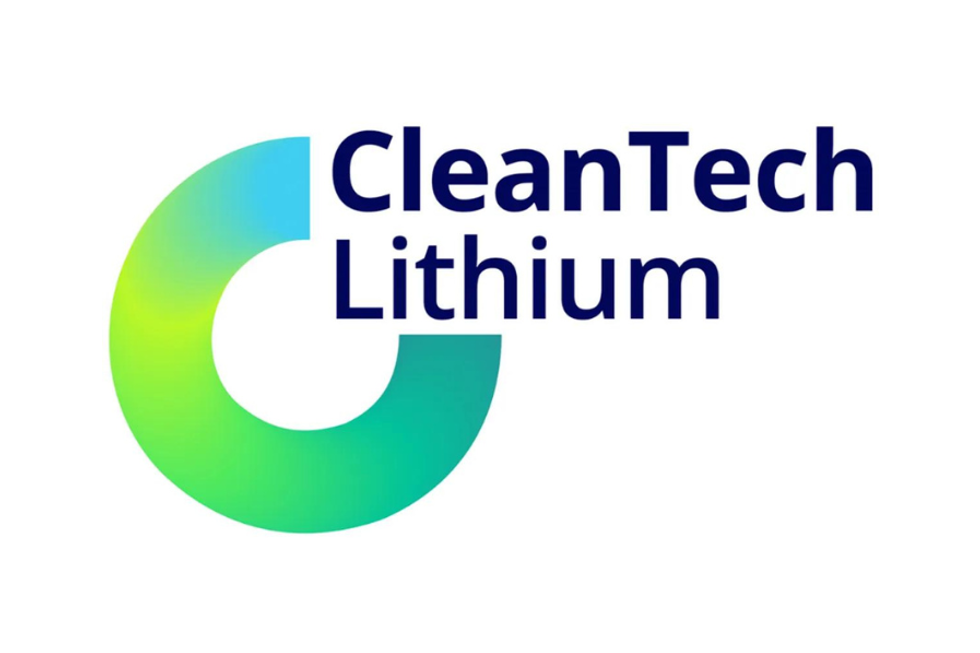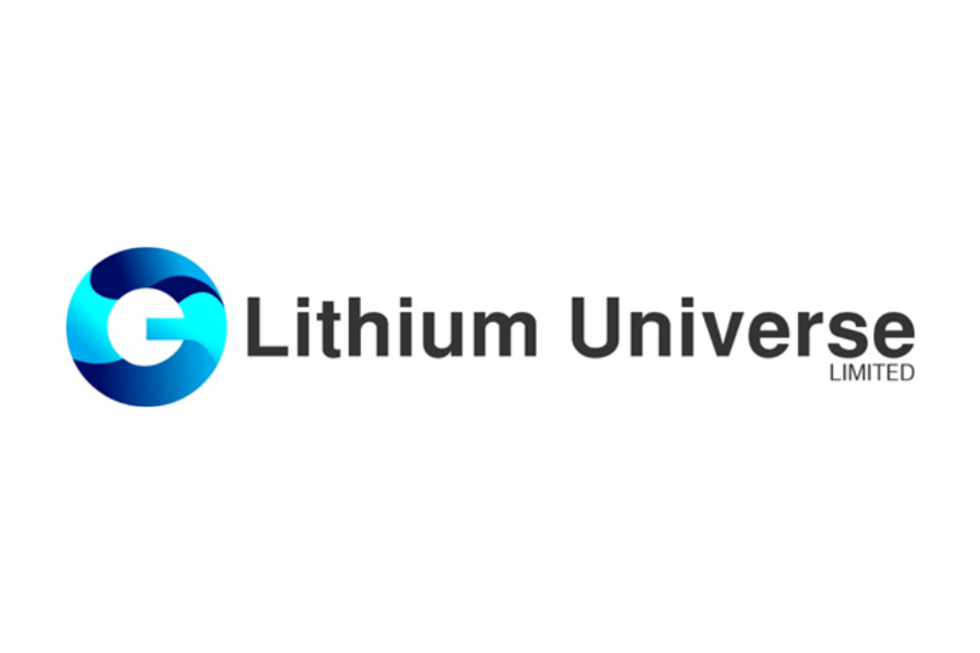A recent report reveals lithium carbonate is currently trading in the range of $5,500 to $6,000 per tonne, which is an improvement from the US$5,300 per tonne average of 2009.
By Dave Brown – Exclusive to Lithium Investing News
Last week, FMC Corporation (NYSE: FMC) announced an increase in “global pricing for n-butyllithium and s-butyllithium and lithium chloride products by 8 percent for all non-schedule pricing” effectively beginning at the start of next month.
Although FMC Corporation has diversified revenue segmentation through its interests in the broader US agricultural chemicals field, the results should have a significant impact on the lithium universe as the company is responsible for approximately 20 percent of the global lithium supply.
Chris Senyk, Global Marketing Director for FMC Lithium explained the change, “Over the last few years pricing has not kept pace with raw material and freight increases. To ensure continued investment in our operations and support the quality of supply and service expectations of our global customers, the increase is necessary.”
The challenging business environment for lithium in 2009 was underscored in the FMC Corporation annual report indicating that the company’s lithium volumes were down on weak end markets in both the industrial and consumer electronics segments.
The recent press release explained that operational improvements were continuing in order to keep costs in control and FMC has successfully started up a new butyllithium facility in Zhangjiagang, China. FMC Lithium has the most global butyllithium supply network with manufacturing sites in the United States, the United Kingdom, India and China.
Market Update and Forecast
Resource Capital Research, an Australian equity research provider recently released a market update and outlook for the third quarter of 2010. The report reveals lithium carbonate is currently trading in the range of $5,500 to $6,000 per tonne, which is an improvement from the US$5,300 per tonne average of 2009. The compound annual growth rate (CAGR) of lithium carbonate for the previous four years ending in 2009 was approximately 6.2 percent.
The report anticipates that by 2015, nominal prices are expected to approach those seen before the global financial crisis in the range of $6,757 per tonne. The report assumes that with the modest assumption of 5 percent electric vehicle (EV) market penetration by 2020, lithium carbonate capacity from 2014 onwards should create a favorable price environment for lithium producers.
Earlier this year, Pike Research released a report forecasting that the lithium ion transportation battery industry could grow more than eight-fold in the next five years, reaching nearly $8 billion in sales worldwide by 2015, up from $878 million in 2010. The forecasts suggested combined electrified vehicle sales in the Asia Pacific region could total almost 1.1 million in 2015, more than the U.S. and Western Europe collectively. The Asian lithium ion battery market could surpass $4 billion, representing 53 percent of total global sales.
International Cooperation
The current administration in the United States and the Chinese government both have demonstrated an interest and considerable investment commitment towards the electric vehicle market over the next 10 years. The United States Department of Energy (DOE) has launched an Electric Drive Vehicle (EDV) Battery and Component Manufacturing Initiative of the American Recovery and Reinvestment Act of 2009 (ARRA), which has been made available to provide approximately $2 billion in federal stimulus in part to promote the development of US-based advanced battery production for the EDV market. China also has recently announced a budget of more than $15 billion for electric vehicles to include a draft plan for 2011 to 2020 that the Ministry of Industry and Information Technology may submit this month to the State Council for approval, after seeking feedback from other ministries.
At the beginning of September, US Energy Secretary Steven Chu announced that the University of Michigan and the West Virginia University will receive a total of $25 million over the next five years under the US-China Clean Energy Research Center (CERC). This funding will be matched by the grantees to provide at least $50 million in total US funding and will facilitate joint research and development of clean energy technologies by the United States and China. Chinese counterparts will contribute an additional $50 million, with combined funding from both countries totaling $100 million.
The University of Michigan’s award will advance technologies for clean vehicles, while West Virginia University will use its funding to focus on the next generation of clean coal technologies, including carbon capture and storage.
The University of Michigan will lead a consortium to focus on Electric Vehicles that will include participation from Ohio State University, Massachusetts Institute of Technology, Sandia National Laboratories, Joint BioEnergy Institute, Oak Ridge National Laboratories, General Motors, Ford, Toyota, Chrysler, Cummins, Fraunhofer, MAGNET, A123 Systems, American Electric Power, First Energy, and the Transportation Research Center.





